East Azerbaijan is one of the 31 provinces of Iran. It is located in Iranian Azerbaijan, bordering with Armenia, Republic of Azerbaijan, Ardabil Province, West Azerbaijan Province, and Zanjan Province. The capital of East Azerbaijan is Tabriz. East Azerbaijan Province is in Regions 3 of Iran, with its secretariat located in its capital city, Tabriz.
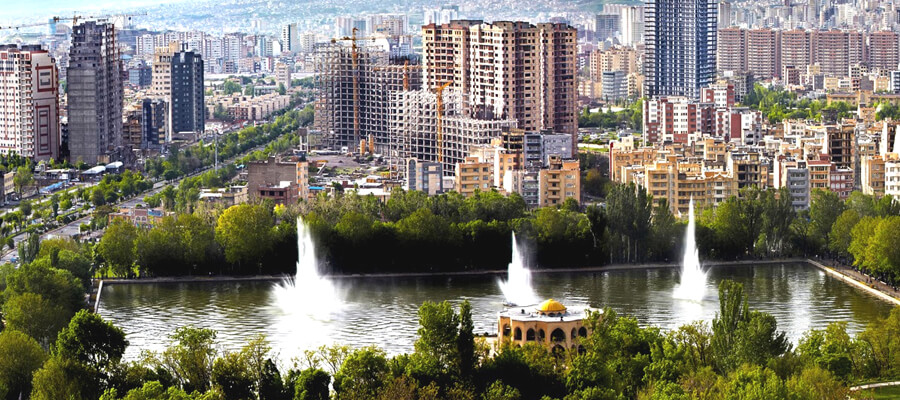
Tabriz: the capital city of East Azerbaijan Province, in northwestern Iran.
The province covers an area of approximately 47,830 km², it has a population of around four million people. The province has common borders with the Republic of Azerbaijan, Armenia and Autonomous Nakhchivan in the north, West Azerbaijan in the west, Zanjan in the South, and Ardabil in east. A fine network of roads and railways connect East Azerbaijan to other parts of Iran and also to neighboring countries.
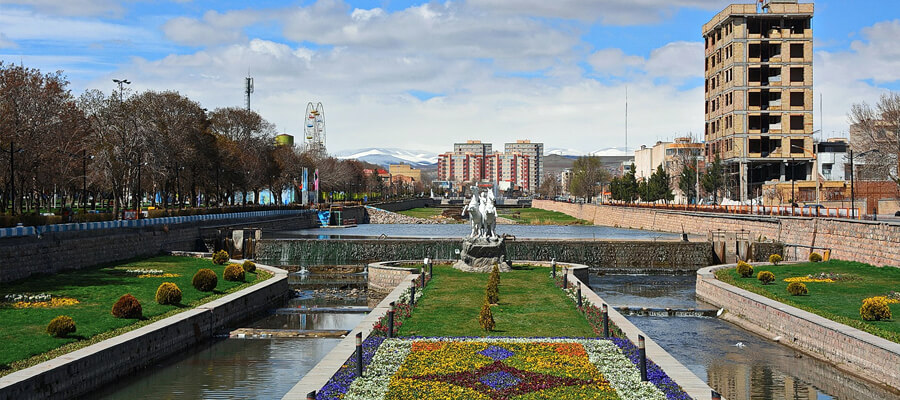
Maragheh is an ancient city on the bank of the river Sufi Chay.
The highest point in East Azerbaijan is the volcanic peak of Sahand Mountain at 3,707 m (12,162 ft) of elevation, lying south of Tabriz, whereas the lower lying areas are around Garmadooz (Ahar). The hills and mountains of the province are divided into three ranges: the Qara Daq Mountains, the Sahand and Bozqoosh Mountains, and the Qaflan Kooh Mountains.
Climate of East Azerbaijan is affected by Mediterranean Continental as well as cold semi-arid climate. Gentle breezes off the Caspian Sea have some influence on the climate of the low-lying areas. Temperatures run up to 8.9 °C in Tabriz, and 20 °C in Maraqeh, in the winter dropping to -10 to -15 °C at least (depending on how cold the overall year is). The ideal seasons to visit this province are in the spring and summer months.
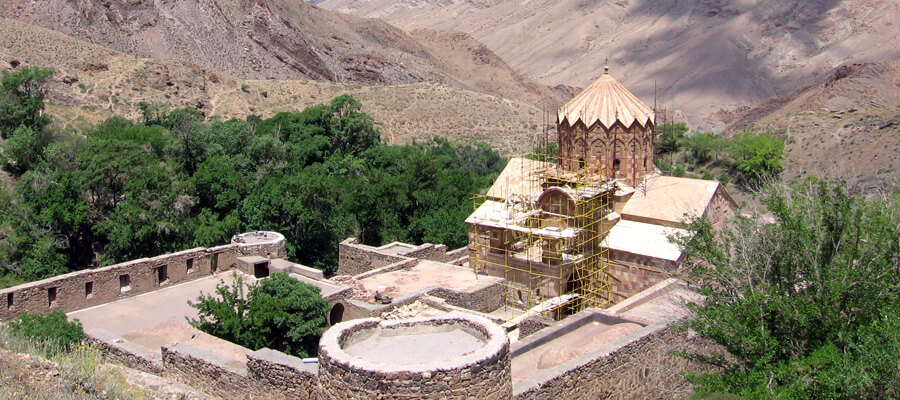
Saint Stepanos Monastery (Maghardavank) an Armenian monastery near Jolfa
East Azerbaijan is one of the most archaic territories in Iran. During the reign of Alexander of Macedon in Iran (331 BCE), a warrior known as Attorpat led a revolt in this area, then a territory of the Medes, and thereafter it was called Attorpatkan. Since then this vicinity has been known as Azarabadegan, Azarbadgan and Azarbayjan.
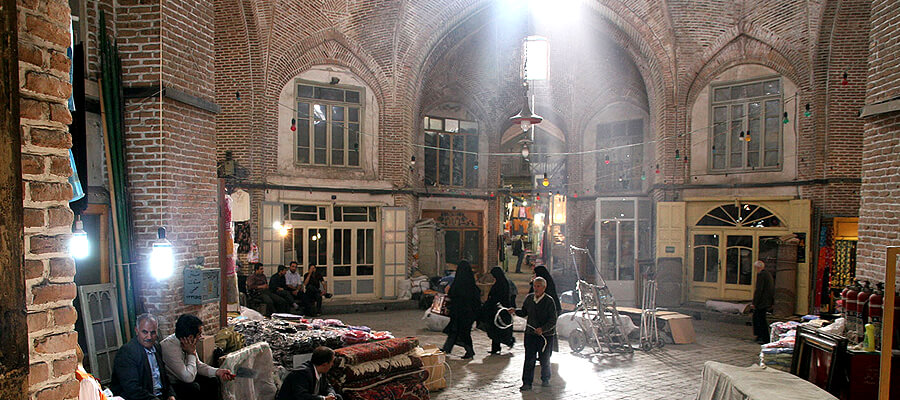
The Bazaar of Tabriz is one of Iran's UNESCO World Heritage Sites; a historical market situated in the city center of Tabriz
Islamic researchers proclaim that the birth of the prophet Zoroaster was in this area, in the vicinity of Lake Orumieh (Chichesht), Konzak City. Needless to say, this province was subject to numerous political and economical upheavals, attracting the interest of foreigners. The Russians in particular have tried to exert a lasting influence in the region over the past 300 years, occupying the area on numerous occasions. The constitutionalist movement of Iran began here in the late 19th century. Ethnic tensions in Azerbaijan can legally trace their origins back to the colonialist policies of Imperial Russia and later the Soviet Union.
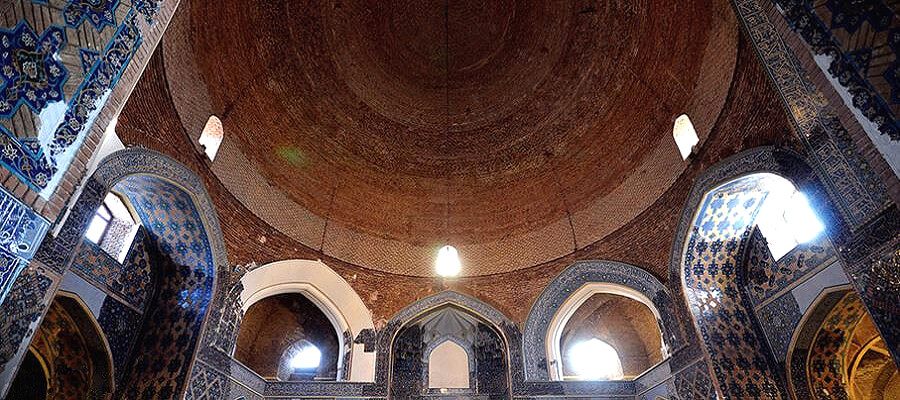
The Blue Mosque also Known as Kaboud Mosque (Masjed-e Kabood) is a historic mosque in Tabriz.
In a cable sent on 6 July 1945 by the Central Committee of the Communist Party of the Soviet Union, the local Soviet commander in Russian (northern) held Azerbaijan was instructed as such:
Begin preparatory work to form a national autonomous Azerbaijan district with broad powers within the Iranian state and simultaneously develop separatist movements in the provinces of Gilan, Mazandaran, Gorgan, and Khorasan". In 1945 the Soviet Union helped set up the Azerbaijan People's Government in what is now East Azerbaijan.






